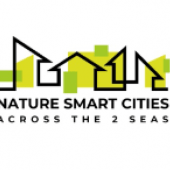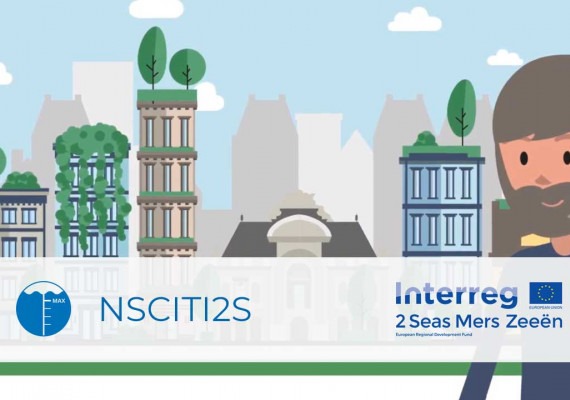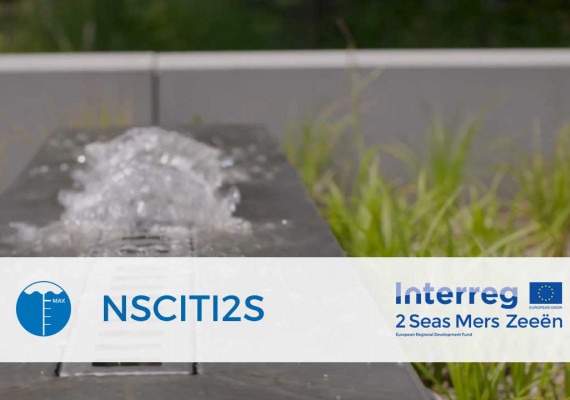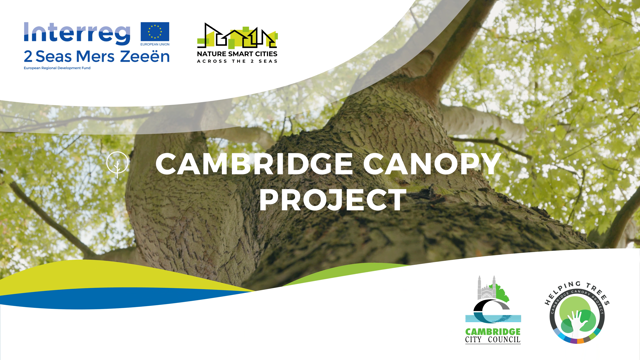NSCiti2S
Date de début
03/09/2018Date de fin
31/03/2023Project budget
6 436 568 €ERDF amount
3 861 941 €ERDF rate
60%À propos
Common challenge
At the time of project approval, a clear knowledge gap existed for local authorities (LAs) that prevented them from deploying green infrastructure (GI) on a scale that enabled urban landscapes to adapt to the future impacts of climate change and allowed them to build more sustainable communities.
Cities and towns were not investing in GI and the valuation tools for justifying GI on economic, social, cultural and environmental grounds were simply not being used by LAs, who instead relied on EU and national subsidies or deliver GI projects on a ‘one off’ basis. The exceptions were capital/larger cities (populations > 550,000 approx.) that had access to more finance and resources than smaller urban areas. Urban areas with a population lower than 550,000 inhabitants were not investing in GI. Valuation tools for GI were simply not being used, and LAs lack the ability to properly account for the direct cash benefits of GI.
NSCiti2S partners came together to tackle this challenge as they identified LAs need to be enabled to overcome market barriers to using their own city-finance to fund GI climate investments and step away from subsidy dependence.
Overall objective
Main outputs
Cross border approach
Main Achievements
The focus of the NSCiti2S project was the development of an innovative Business Model (BM) that enables users to compare different future GI project scenarios. The BM allows users to review the value urban greening provides across multiple ecosystem services. The result is a business case that can help decision makers see the cost, benefits, and value of utilising GI approaches. Although the technical development of the BM was led by the academic partners, the conceptual development, testing and validation of the BM could only have been achieved through cross-border collaboration.
The project delivered an ambitious Capacity Building programme across its project countries to support officers from LAs to overcome the challenges in seeking investment for GI projects and build capacity to use the BM. In total, the programme - which was delivered through cross-border collaboration - reached 133 Local Authorities which far exceeded the project target of 75 LAs. Programme surveys revealed that 78% of participants found the BM to be a useful tool and 86% felt confident to take forward and use the BM.
Seven GI investment pilots were completed over the course of the project, delivering a substantial amount of GI which included 6,847 trees, 16,040m2 permeable surfaces, 6 swales and 48,200m3 of rainwater buffering capacity. As well as building the climate reliance of the project cities, the pilots were instrumental in testing and validating the BM and promoting the value of GI to over 63,700 residents. A series of pilot videos were produced to promote the pilots during the project and into the future. Several project pilots were nominated for awards and/or received sustainability accreditations.
To ensure the ongoing legacy of the project, each city partner completed a strategic commitment document setting of their intentions for greening their cities over the next few years. Each commitment is ambitious in its own terms but taken together they represent a massive step forward in the green infrastructure of the cities concerned. These changes will be visible, will make a difference to citizens’ lives, and will have a positive impact against the threats posed by climate change.
Testimonial

Our cities can be much nicer, healthier places than they are now. Trees, green facades, rain gardens and water buffering ponds help to regulate the temperature, store rainwater, and filter the air. The benefits are manyfold - so we made a business model to show the value of these benefits.




